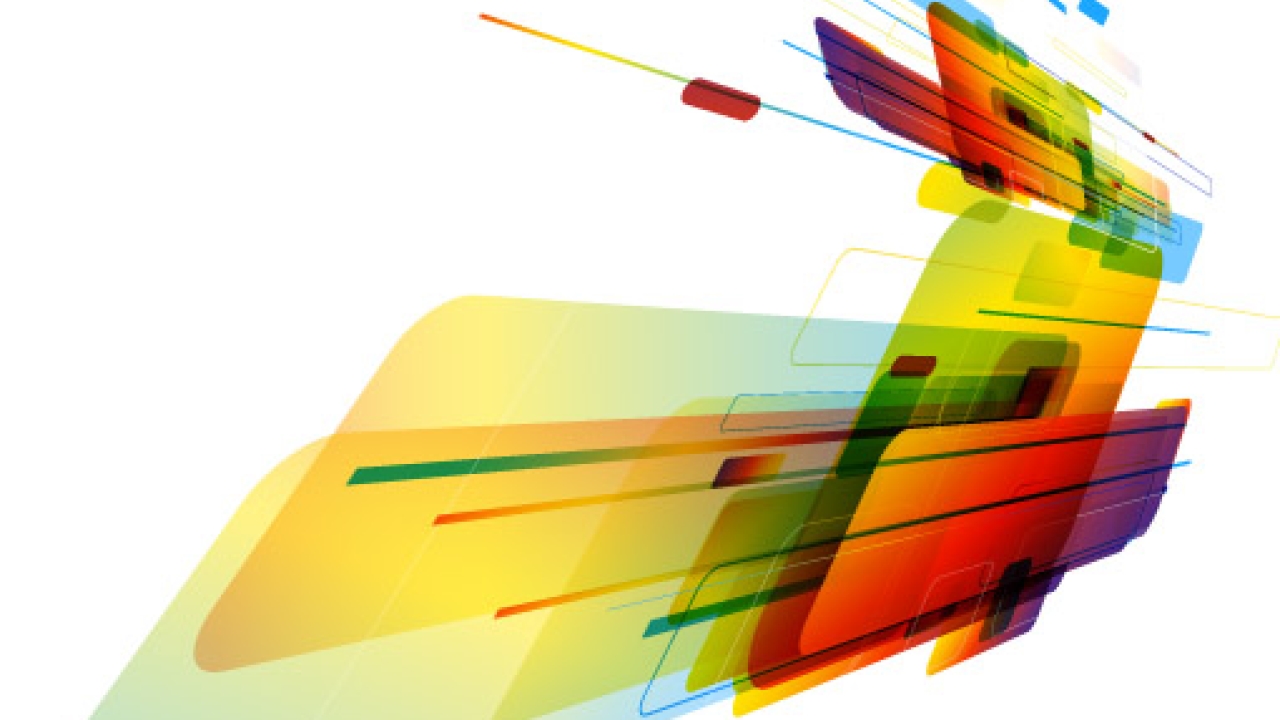Digital storm hits China

At Labelexpo Asia new digital presses outnumbered letterpress launches for the first time. L&L China editor Kevin Liu gives a Chinese perspective on the prospects for digital
For a long time, letterpress has been the mainstream technology in the Chinese label printing industry, and it has became the common view that flexo printing is popular in the West and letterpress in Asia. However, Labelexpo Asia 2011 turned this well-versed view upside down.
Nowadays digital printing – or the digitization of printing – is having an ever greater impact on the Chinese printing industry, not only in the commercial sector, but also now in the label printing sector.
At Labelexpo Asia 2011, digital printing established itself as an important production method for labels. A wide range of digital printing devices and equipment flooded the expo, from the smaller standalone label printing devices launched by companies like Primera, Epson, Atlantic Zeiser and Universal Advanced Technologies, to the large industrial-type digital printers launched in China by HP indigo, Shanghai Taiyo, Beijing Basch and Xeikon. The quantity of digital printing equipment displayed far and away overrode letterpress.
Compared with traditional printing, the advantages of digital are now better understood by Chinese converters: simple operation, a clean work environment, production on demand effectively decreasing waste and stock holding, and variable data printing. As the sophistication of the manufacturing equipment continues to advance, the printing quality of digital, which used to be disparaged by Chinese printers, is now improved to the point where it is considered close to offset printing. At the same time, digital equipment is becoming more affordable for Chinese converters.
At present, the main problem perceived with digital printing in China is the cost of consumables. But we believe that it won’t take too long before the cost of consumables for digital printing moves to a reasonable price range.
Different types of digital printing
There were several categories of digital printing equipment launched at this expo. One type is the small label printing device originating from a portable printer, which is mainly used to print small labels, price tags, name cards etc on specialized self-adhesive paper stocks, for only simple text, barcodes, or two dimensional codes. The selling point of such equipment is its compatibility with information systems, small size and simple operation rather than speed and print quality.
Another category is the narrow web inkjet printing system represented by Atlantic Zeiser, for example. It is mainly used for variable data printing and is generally working as an auxiliary device supporting traditional printing equipment, or working directly inline with traditional printing and converting equipment.
In addition, there is the true industrial type of digital printing equipment. At Labelexpo Asia 2011, HP Indigo was one of the exhibitors attracting the most attention, not only because of its reputation and acreage of booth space, but the fact it brought the latest digital printing equipment in the shape of the WS6600 and WS4600. It should be made clear that HP Indigo did not attend the giant All in Print China 2011 exhibition which was held before Labelexpo Asia, but chose instead to focus on this specialized market segment.
Xeikon also attended Labelexpo Asia and displayed its newly launched 3030 digital label press.
Chinese enterprises were also showing their own, self-researched digital presses, including Shanghai Taiyo and Beijing Basch. This upscale digital printing equipment was mainly inkjet using foreign-made printing heads.
Where now with digital?
While digital printing develops vigorously, it is still some way from substituting conventional print in China. Firstly, the cost of digital printing is getting lower but it is still higher than traditional printing. In large series production, digital printing at this point holds no advantage.
Second, the development of the technology is significant but not decisive. For Chinese printing enterprises, the application of digital printing changes not only the mode of production but also the business model and workshop environment. Most business enterprises here did not take this fully into consideration when they decided to install the first generation of digital printing equipment.
Third, digital printing needs the development of new skill sets.
So digital printing in China is finally coming, and quickly, leaving no time for people to even take a breath. But it still needs time to substitute traditional printing, maybe on the day when the materials, business model and training issues are completely solved.
This article was published in L&L issue 2, 2012
Stay up to date
Subscribe to the free Label News newsletter and receive the latest content every week. We'll never share your email address.


